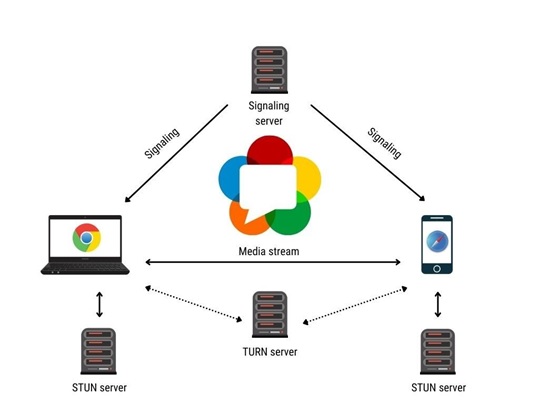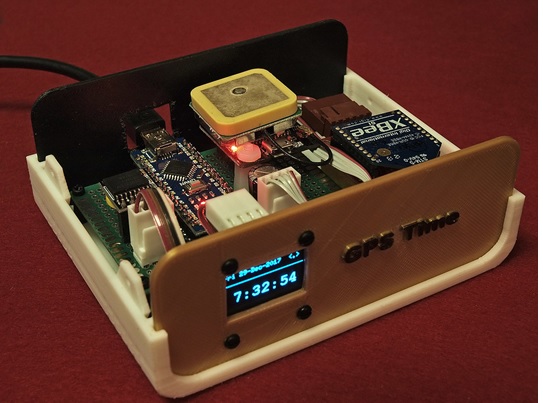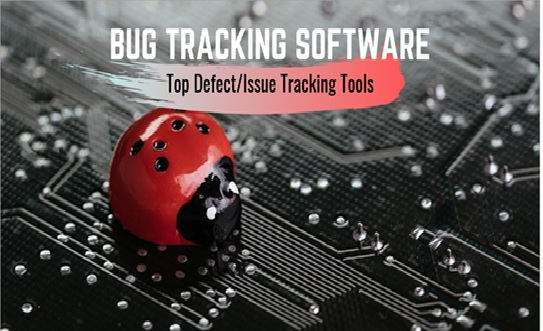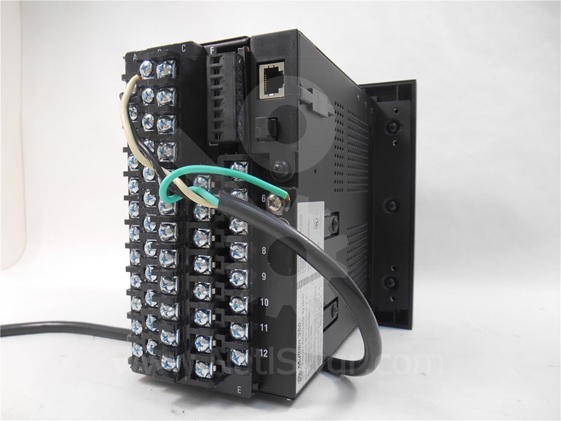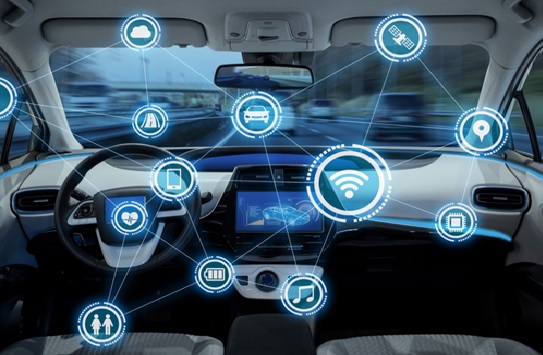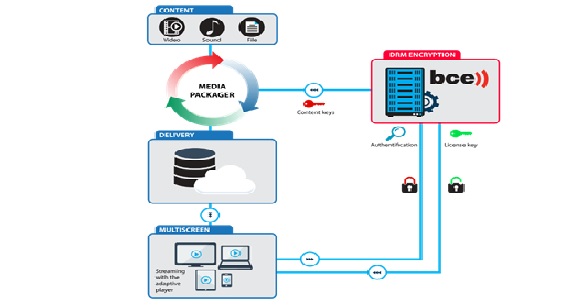The Future Tehnology of Bionic Eyes
Bionic eyes may help to restore vision for those with low vision and blindness. In the United States, there is one bionic eye in development. This specific one is [1] only for the blindness that specific eye diseases figure 1 shown below cause.
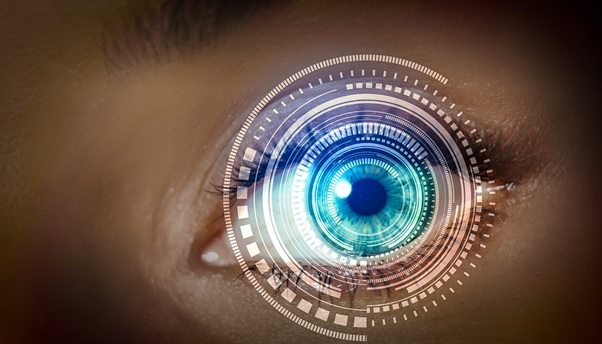
Figure 1: Bionic Eyes
Unlike a prosthetic eye, bionic ones are functional instead of cosmetic. When someone develops blindness, they cannot see correctly. This can occur due to several factors, such as diseases or damage to the lens or cornea, a lost signal along the brain’s visual pathway, or the retina being unable to perceive light.
The Argus system lets people tell the difference between shapes, movement, and light. However, it does not allow people to see in the same way that healthy eyes function. Researchers believe that this is due to only 60 electrodes being part of the device.
Some people who received the implant were able to cross streets without assistance and read books with large print. However, they could not accurately perceive colors.
It is an artificial eye that allows the passage of visual pictures into the brain. The devices that are being used in this process are microprocessors, image sensors, radio transmitters, and other networking chips. As technology has reached heights and is always developing, this entire [2] surgical process allows the visually challenged people to see again.
Bionic Eye works on a computer connecting chip that is carefully placed right behind the damaged eye and then linked to a very small video camera made like glasses so that the person can wear. The camera which captures the image, sends the electronic signal that the brain can easily perceive. The image which the bionic eye receives, is not that translucent enough but the brain easily reads it. The implantation kills the affected cells and goes into the rest rain cells.
Retinal-Based Bionic Eyes
Retinal-based bionic eyes are suitable for patients who have lost their vision due to disorders such as retinitis pigmentosa and age-related macular degeneration. Both [3] of these conditions reduce vision due to photoreceptor death, but leave patients with a relatively functional optic nerve
Australia is one of several countries racing to develop this type of bionic eye technology. Researchers across the globe are working on different devices that, while similar in many ways, have key differences in others. Some devices for example are epi-retinal (designed to be placed in front of the retina), others are sub-retinal (for placement behind the retina). The hardware and capacity of each design also varies. Let’s take a look at a few of them.
References:
- https://www.nvisioncenters.com/education/bionic-eyes/#:~:text=%20Guide%20to%20Bionic%20Eyes%3A%20Implants%2C%20Lenses%20%26,electrodes.%20It%E2%80%99s%20believed%20this%20will%20result...%20More%20
- https://www.electricaltechnology.org/2019/11/bionic-eye.html
- https://www.science.org.au/curious/people-medicine/bionic-eye
Cite this article:
Nandhinidwaraka.S (2021) The Future Technology of Bionic Eyes, Anatechmaz, pp. 24




